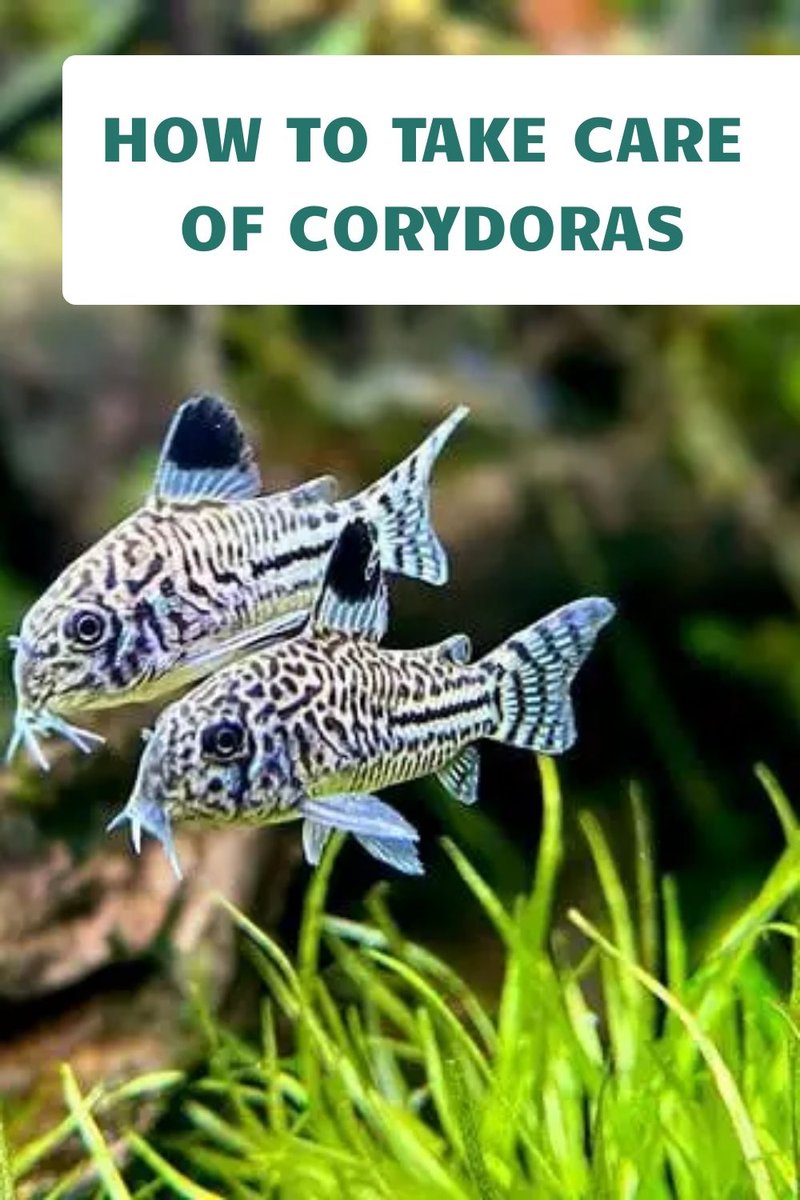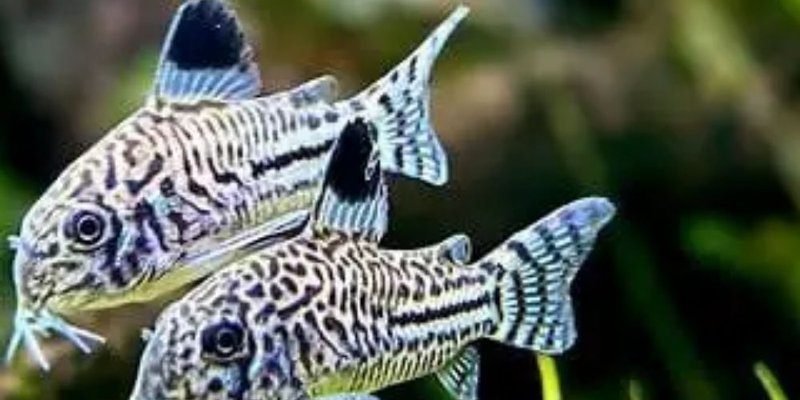
Corydoras catfish are peaceful bottom dwellers, which means they spend a lot of their time near the bottom of your tank, scavenging for uneaten food and leftovers. It’s kind of like having a tiny fish vacuum! They come in a variety of species and colors, making them a delightful addition to any community tank. But before you dive in and add them to your aquarium, there are a few things you should know about their care needs. Let’s explore how to create a happy environment for your Corydoras catfish, ensuring they thrive and keep your tank clean.
Understanding Corydoras Catfish
Corydoras catfish, often just called Corys, belong to the family Callichthyidae. They are native to the freshwater rivers and streams of South America, especially in Brazil and the Amazon Basin. One of the coolest things about these fish is their unique armor-like plating made up of bony plates. This feature helps them stay safe from predators—a bit like wearing a suit of armor!
You might be wondering what makes these fish so special. Beyond their cute whisker-like barbels that help them search for food, they have a natural tendency to schools. This means they thrive in groups, so it’s best to keep at least four to six in your aquarium. Imagine a little team of tiny fish, always on the hunt for tasty treats at the bottom of the tank!
Setting Up Their Aquarium
Creating the perfect home for your Corydoras catfish starts with the right aquarium setup. They prefer a tank size of at least 20 gallons to give them room to swim and explore. Here are some key points to consider:
- Substrate: Use a soft, sandy or fine gravel substrate. Corydoras have sensitive barbels, and sharp gravel can injure them.
- Plants and Hiding Spots: Incorporate live plants, driftwood, and caves. These provide shelter and reduce stress, mimicking their natural habitat.
- Water Parameters: Maintain a temperature between 72°F and 78°F. The pH should be slightly acidic to neutral, around 6.0 to 7.5.
When it comes to filtration, a gentle water filter is essential. Corys don’t like strong currents, so positioning your filter outlet away from them is a smart move. Also, adding a heater may be necessary depending on your home temperature—it keeps the water stable and cozy for your fish.
Feeding Your Corydoras Catfish
Now that you have the tank set up, let’s talk about food. Corydoras catfish are omnivores, which means they eat both plant and animal matter. A well-balanced diet is crucial to keep them healthy and happy! Here are some feeding tips:
- Pellets and Sinking Foods: Look for high-quality sinking pellets specifically designed for catfish. They should be rich in protein and include some plant matter.
- Live and Frozen Foods: Occasionally, you can treat them to live or frozen foods like brine shrimp or bloodworms. This adds variety and keeps mealtime exciting!
- Vegetables: You can also offer blanched vegetables like zucchini or peas. This not only diversifies their diet but also aids their digestion.
Aim to feed them once or twice a day, giving only what they can eat in a few minutes. Remember, overfeeding can cloud your water and lead to health problems, so keep an eye on those leftovers!
Maintaining Water Quality
Water quality is crucial for the health of your Corydoras catfish. Dirty water can lead to diseases and stress, which you definitely want to avoid. Here are some tips to keep the water clean:
- Regular Water Changes: Change about 25% of the water every week to replenish nutrients and remove waste.
- Test the Water: Use an aquarium test kit to regularly check the ammonia, nitrite, nitrate, and pH levels. This helps you spot any problems before they escalate.
- Avoid Overcrowding: Keep only the suitable number of fish in your tank. Overcrowding can lead to stress and poor water conditions.
If you notice any changes in behavior, like lethargy or loss of appetite, don’t ignore them. These could be signs of poor water quality or illness, and it’s best to act quickly.
Socializing and Tank Mates
Corydoras catfish are peaceful creatures, making them ideal for community tanks. However, the choice of tank mates is essential for a harmonious environment. Here are some good companions for your Corys:
- Small Tetras: Species like Neon Tetras or Rummy Nose Tetras that swim in the middle levels of the tank are great companions.
- Guppies: These colorful fish add vibrancy to your tank while being non-aggressive.
- Other Catfish: Other peaceful catfish species can also be suitable tank mates.
It’s best to avoid keeping them with large or aggressive fish that might see them as food. Keep an eye on interactions and be ready to separate any fish that don’t get along well.
Breeding Corydoras Catfish
If you’re feeling adventurous and want to try breeding your Corydoras catfish, it’s a fun process! Here’s how you can encourage them to spawn:
1. Condition the Fish: Feed them a high-protein diet for a few weeks to get them in breeding condition.
2. Create the Right Environment: Set up a separate breeding tank with soft, slightly acidic water. Provide plenty of plants or spawning mops where they can lay their eggs.
3. Observe the Spawning: When they’re ready, the females will lay eggs on flat surfaces like leaves, and the males will fertilize them.
After spawning, it’s a good idea to remove the adults to prevent them from eating their eggs. In about 3-5 days, the eggs will hatch, and the fry will start swimming around. You’ll need to feed them fine foods like powdered fry food or infusoria until they’re big enough for their first small pellets.
Caring for Corydoras catfish can really enhance your aquarium experience. Watching these little fish scuttle around, cleaning up while adding a splash of character, makes all the effort worth it. Just remember, they thrive in groups, so the more, the merrier! With the right tank setup, a balanced diet, and quality water, you’ll have happy Corys darting around your aquarium for years.
So, grab your net and get ready to enjoy the gentle charm of Corydoras catfish! You’ll find that they not only keep your tank clean but also create a peaceful vibe that’ll make your aquarium feel alive. Happy fishkeeping!

